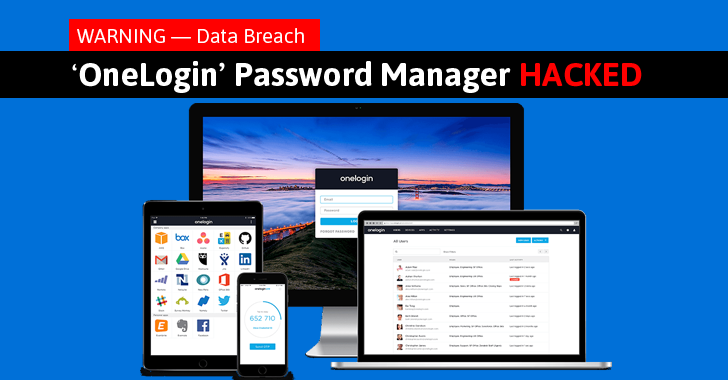

Keeping your software updated by patching regularly, using reliable security software, strong passwords and enabling two-factor authentication are just some of the best practices you can do to keep your gadgets safe. The bottom line is this – if you are not employing good security measures on your computer, then nothing, not even your password manager, can keep you safe.

#KEEPER PASSWORD MANAGER HACKED FULL#
Thankfully, developers are still coming up with new mechanisms to protect password managers against cleartext password exposures in memory and malware attacks in general. Keeper, a password manager maker currently suing a news reporter for alleged defamation, left a server hosting the company's installer files exposed with full permissions, allowing anyone to access. In fact, these security issues on password managers are nothing new and they’re all inherent to how they work within, say, an operating system like Windows 10. Spoiler alert: Keyloggers, spyware, remote access software and ransomware can do much worse damage, and your password for may just be the icing on the cake. If someone can already peer into your password manager’s cached data, then your entire system is already compromised and your computer has bigger problems than that. Your computer’s operating system has built-in defenses against these type of memory access attacks, anyway.
#KEEPER PASSWORD MANAGER HACKED INSTALL#
Here’s an important thing to keep in mind regarding these flaws - these are only exploitable if a hacker has already managed to install malware on your computer. They’re only as strong as your computer’s defenses Zero Knowledge: This encryption means there is nothing to hack. In most cases, closing out of a password manager completely (not just logging out of it) is the only way to clear the cached passwords from your computer’s memory. What are Keeper pros: Unlimited Devices: Use and access Keeper on an unlimited number of devices. Similarly, KeePass and LastPass also showed vulnerabilities by keeping some of their unencrypted entries in a computer’s memory even after they return to their locked states. Worse, this information then remains there even after a user logs out of Dashlane. In Dashlane’s case, only the last active password is exposed in memory while it’s running, but once a user updates any information on an entry, it exposes its entire database in plaintext in a computer’s memory. Surprisingly, 1Password’s newer version, 1Password7, is even worse since it decrypted all individual passwords in ISEs test, cached them all in the computer’s memory and failed to clear them out while transitioning from its unlocked state.


 0 kommentar(er)
0 kommentar(er)
